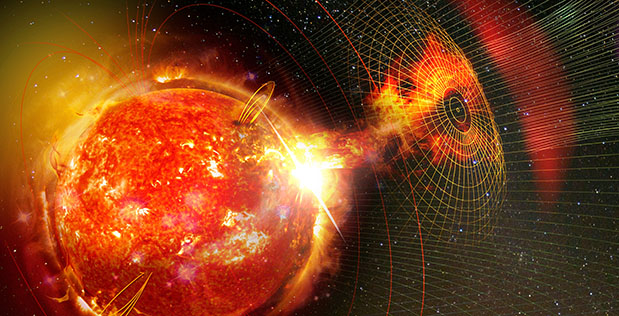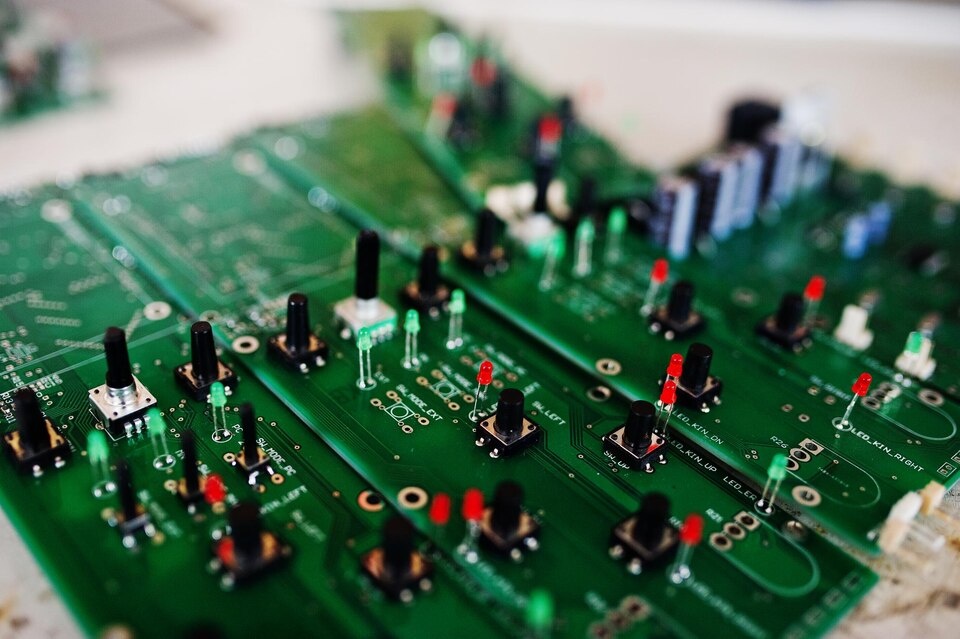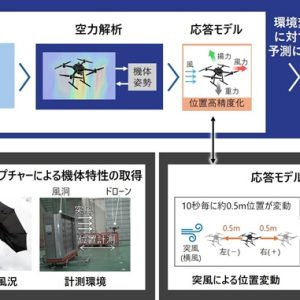The Defense Advanced Research Projects Agency (DARPA) has announced that it has successfully created radiation-hardened electronic components. These components are designed to withstand the effects of radiation, which can damage or destroy electronic devices.

DARPA Creates Radiation-Hardened Electronic
The project called the Radiation-Hardened Electronics (RHEED) project, was led by DARPA’s Microsystems Technology Office. The project team developed a new manufacturing process that can create electronic components that are more resistant to radiation damage.
The new components are made from a material called silicon carbide. Silicon carbide is a very strong material that is also resistant to radiation damage. The new manufacturing process uses a technique called ion implantation to introduce impurities into the silicon carbide. These impurities make the silicon carbide more resistant to radiation damage.
The new radiation-hardened components could be used in a variety of applications, including space exploration, nuclear power plants, and medical devices. The components could also be used in military applications, such as in electronic warfare systems and weapons.
The development of radiation-hardened electronic components is a significant achievement. These components could help to improve the reliability and performance of electronic devices in harsh environments. The development of these components is also a step towards the development of more advanced electronic devices that can operate in extreme environments.
Here are some of the benefits of radiation-hardened electronic components:
- They can withstand the effects of radiation, which can damage or destroy electronic devices.
- They can be used in harsh environments, such as space or nuclear power plants.
- They can be used in military applications, such as electronic warfare systems and weapons.
The development of radiation-hardened electronic components is a significant achievement. These components could help to improve the reliability and performance of electronic devices in harsh environments. The development of these components is also a step towards the development of more advanced electronic devices that can operate in extreme environments.












